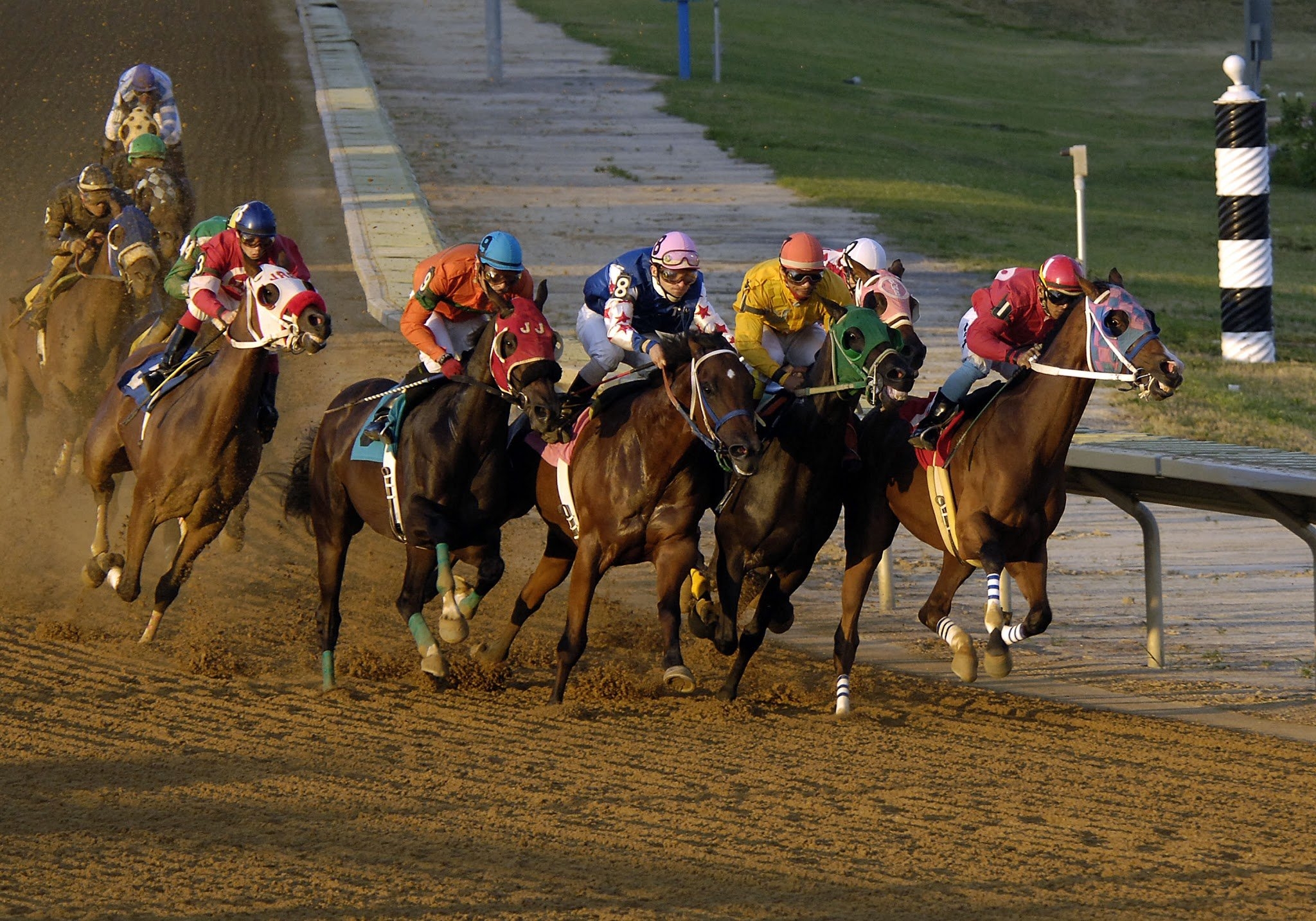
A program at the racetrack is different from the one you pick up at a baseball game. A baseball program has the names and numbers of all the ballplayers, and it's suitable for the entire series of games between the two teams. At the racetrack, a different group of horses runs each day, so a new program has to be printed every day.
Program seller booths are located near the entrances to the racetrack. A racetrack program costs between $2 and $5, depending on how fancy it is. A racetrack program is a necessity to have, not a luxury. It includes information about all the races, horses, jockeys, trainers, and so on for that day's racing. Most importantly, it has the morning line odds of the horses as determined by the racetrack oddsmaker. The morning line is the oddsmaker's prediction of how the public will bet the horses in each race. Most programs have useful statistics, especially if you're not familiar with the jockeys and trainers. Jockey and trainer statistics include the number of starts, the number of first, second, and third-place finishes; the win percentage at the meeting; the amount of purse money won, and so on.Programs include a map of the building and the grounds, so you know where everything is located. They also list all the executives, so if something happens, you know who to blame.
If you want to have some fun without betting, watch what other people do with their programs during a race. Some pound them against their legs like they're jockeys whipping a horse. Others smack them into the palms of their other hands. And if their horse loses, some throw them at a television monitor for good measure.
The program serves as a road map for your day at the races. All-day you mark scratches (horses taken out of the race by their trainers) and changes that occur to the races on your program. So you need to be alert and aware at all times. You can access the following sources for important information while at the track:
Track announcer: The track announcer gives all the scratches and changes before the first race of the day. You mark them down in your program and continue on. As the day progresses, you mark the results of each race in your program. From time to time, the announcer gives additional updates of late scratches and changes to the card. That voice from above is one of your primary sources for information.
Television: Another key source for racing information is the television. The simulcast feed (the same television signal that's being sent to simulcast locations around the country) has a crawl that runs along the bottom of the screen. The crawl repeats the scratches and changes over and over again. So if you miss the scratch or change the first time, it repeats itself in a couple of minutes.
Tote board: The infield tote board, an information board, located inside the turf course, shows the betting pool information for win, place, and show bets. In the center is a message board that gives updates throughout the afternoon. The parimutuel prices for the previous race stay up until the next race is ready to run. Then those prices are cleared, so spectators aren't confused about which are the previous race payouts and which are the payouts of the race going off right in front of them.